Apparel or Garments Manufacturing
Cloth making - basic procedures
Textile products used for clothing is broadly termed as Apparel or Garments. Garment making is one of the basic content of fashion designing. Proficiency in the art of sewing is an essential pre-requisite in garment making. There are Woven garments and Knitted garments. Shirts, trousers, sarees, bedspreads, blankets, towels and made-ups are Woven. T-Shirts, sweatshirts, undergarments, pajamas, and socks are Knits.
Garment Manufacturing Process Overview
Garment manufacturing processes include all activities from the point when textiles are received at the factory, to when retail-ready garments are shipped to the distributor. Some processes—such as fabric relaxing, cutting, and sewing—occur in the manufacturing of all garments.
Other optional processes may also be performed as specified by the customer, including such things as embroidering, screen printing, and laundering. Depending on the size of the manufacturing facility, some garment manufacturers choose to subcontract those optional processes.
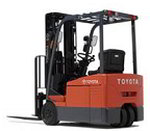 |
Receive Fabric
|
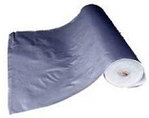 |
Fabric Relaxing
|
 |
Spreading, Form Layout, and Cutting
|
 |
Embroidery and Screen Printing
|
 |
Sewing
|
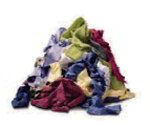 |
Spot Cleaning and Laundry
|
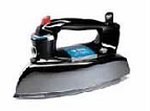 |
Ironing
|
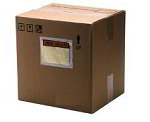 |
Packaging and Shipping
|

Garment making is one of the basic content of fashion
designing. Proficiency in the art of sewing is an essential pre-requisite in garment making. Therefore, it is necessary to know the techniques of sewing for producing attractive garments with a good fit.
Garment making is thus a technical accomplishment that requires knowledge of fabrics, principles of clothing construction and skills involved in it. This depends on the ability to select the correct fabric, color, design, and accessories to suit an individual occasion. A garment that is made will be attractive if it fits well and proper attention is paid to its finer details.
There are 2 types of garments. One is Woven garments. Another is Knitted garments. Shirts, trousers, sarees, bedspreads, blankets, towels and made-ups are Woven. T-shirts, sweatshirts, undergarments, pyjamas, and socks are Knits.
Woven fabrics are made of handlooms, power looms and mill made. Making woven fabrics is simple. But yarn counts, reed & picks (warp & weft), the width should be considered with more care. The fabric quality is made differently by various methods of finishing and treating.
Knit fabrics are made from different kinds of knitting machines. According to the structure of fabrics, they are called by different names. The mainly used fabrics are Jersey, Pique, Interlock, Rib, French Rib, Flatback rib, Loop knit, Fleece, Polar fleece, and Jacquards.
The knit garments can be made in solid dyed or all over printed or yarn striped or jacquard fabrics.



thanks for sharing this process & let us have some basic information of garment manufacturing.